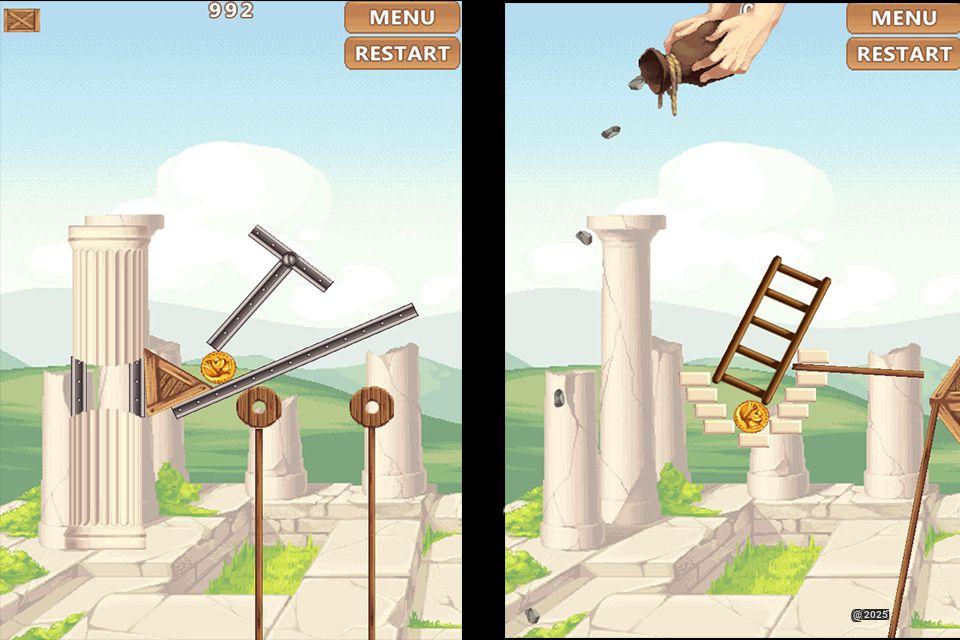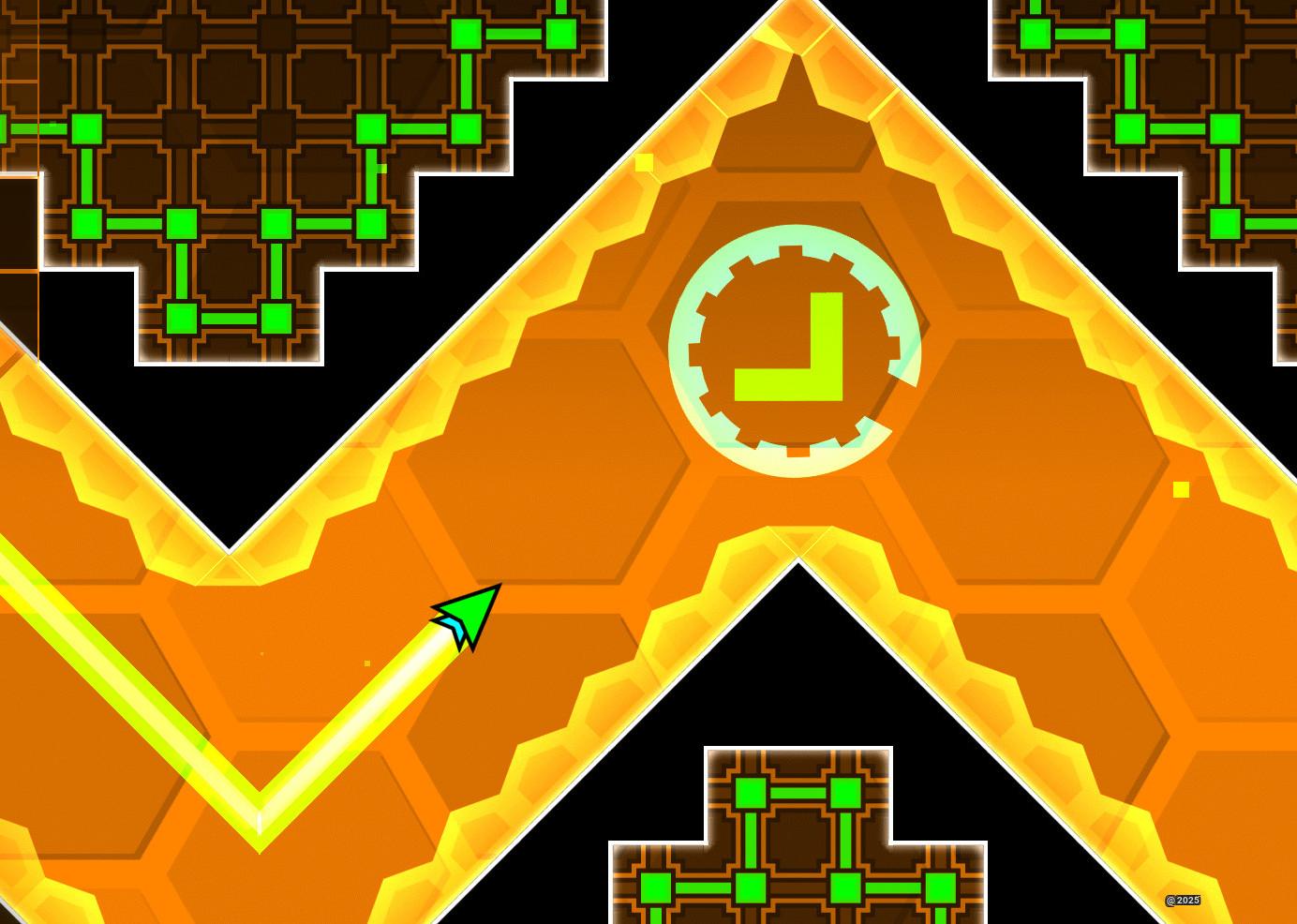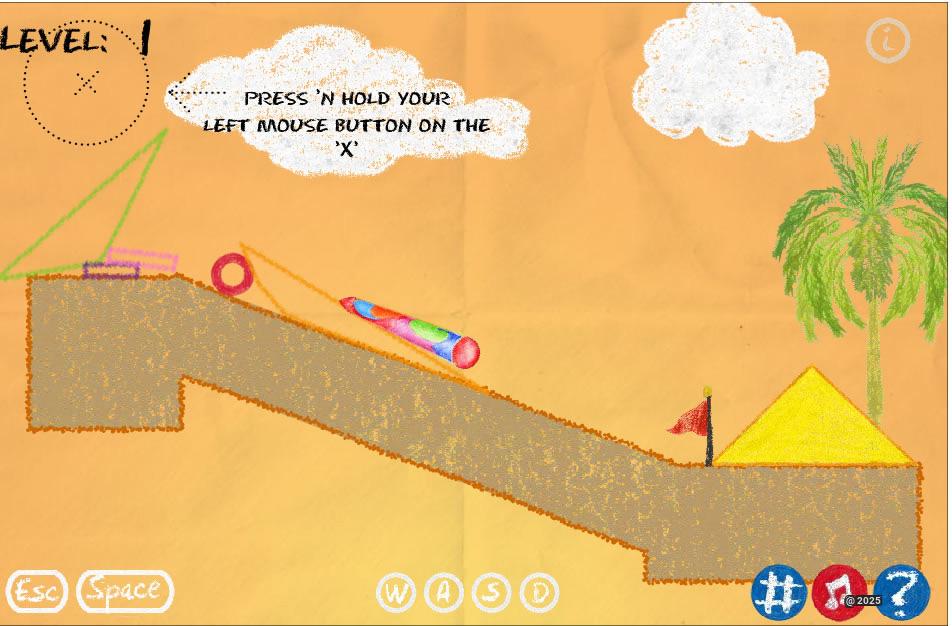Hide Caesar is a dynamic educational game that combines mathematical challenges with strategic thinking, making learning both fun and effective.
Picture yourself playing chess, but instead of moving pieces on a standard board, you’re solving math puzzles while hunting for a hidden emperor. That’s the creative spark behind Hide Caesar, a game that’s changing how students approach mathematics and problem-solving.
This educational tool stands out because it merges two seemingly different worlds: the thrill of a treasure hunt and the precision of mathematical reasoning. Students who might typically shy away from math problems find themselves naturally drawn into the game’s strategic elements, solving equations and developing critical thinking skills without the usual pressure of traditional learning methods.
Key Features:
- Math-based gameplay that adapts to different skill levels
- Strategic elements that encourage logical thinking
- Real-time feedback system for immediate learning
- Multiplayer options that foster healthy competition
- Progress tracking to measure improvement
The game’s success lies in its ability to mask educational content within entertaining gameplay. Rather than presenting math as a series of abstract problems, Hide Caesar creates scenarios where mathematical thinking becomes a natural part of achieving game objectives.
Students develop stronger problem-solving abilities while experiencing the satisfaction of gameplay achievements.
What Is Hide Caesar?
Hide Caesar puts a fun spin on physics puzzles! I’ve spent countless hours playing this brain-teasing game where you protect golden coins from falling stones. The setup is simple - you’ve got Caesar’s precious coins below and a jug full of pebbles above. Your job? Stop those pesky stones from hitting the coins!
What makes this game special is how it blends physics-based gameplay with strategic thinking. You’ll need quick thinking and good timing to succeed. The game runs right in your web browser - no downloads needed!
Here’s what you’ll face in Hide Caesar:
- Physics challenges: Watch how objects fall and interact
- Strategic puzzles: Plan your moves carefully
- Progressive difficulty: Start easy, get harder as you go
- Instant feedback: See right away if your solution works
| Game Element | Description |
|---|---|
| Main Goal | Protect coins from falling stones |
| Game Type | Physics-based puzzle |
| Platform | Browser-based |
Features Of Hide Caesar Game
The game packs quite a punch with its mix of fun and brain-training elements.
Core Game Features:
- 🎯 Physics Engine: Real-time object interactions
- 🏆 Level System: Progress through harder challenges
- 🎮 Simple Controls: Click and drag to place objects
- 🧩 Unique Puzzles: Each level brings new challenges
I love how the game keeps track of your progress. You can see which levels you’ve beaten and try to improve your solutions. The physics engine is super smooth - objects fall and bounce just like you’d expect in real life!
Similar Games
Final Words
Hide Caesar proves that learning math can be an adventure rather than a chore. Through its clever mix of puzzle-solving and mathematical concepts, the game transforms traditional education into an engaging experience that keeps players coming back for more.
The game’s strength lies in its natural learning curve. As players protect coins from falling stones, they naturally develop mathematical reasoning and strategic thinking skills. The immediate feedback system helps reinforce correct solutions while encouraging players to try new approaches when faced with challenges.
Students who’ve played Hide Caesar often report increased confidence in their math abilities and a better understanding of problem-solving concepts. Teachers praise its effectiveness as a supplementary learning tool that maintains student engagement.
The multiplayer aspects create healthy competition and peer learning opportunities, while the progress tracking system lets students measure their improvement over time. Parents appreciate how the game makes math practice feel less like studying and more like entertainment.
Hide Caesar shows that educational games can successfully balance learning with fun. By turning mathematical concepts into game mechanics, it creates an environment where students willingly practice and improve their skills.
The game stands as a practical example of how modern educational tools can transform the learning experience.


















